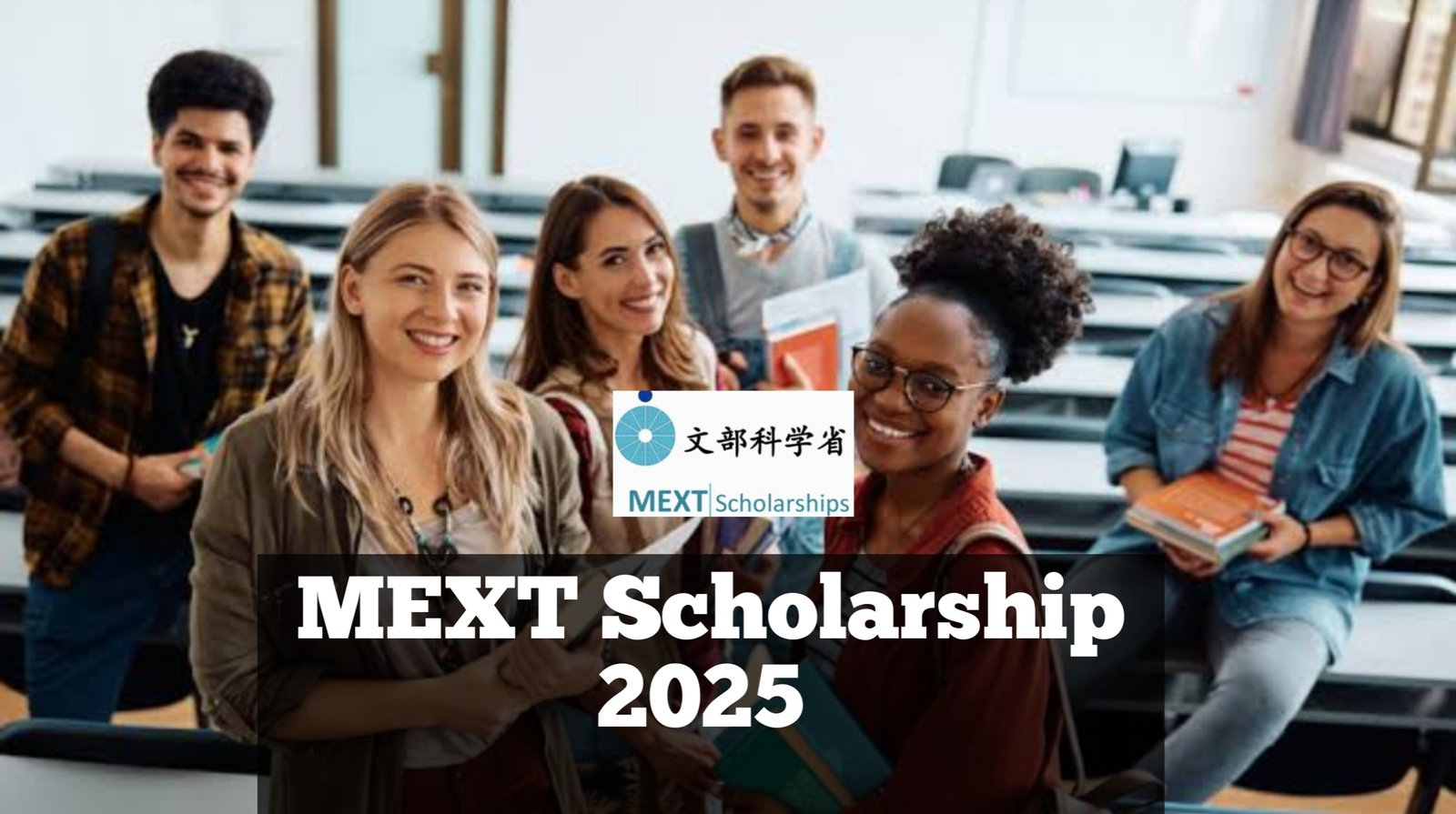
The MEXT Scholarship (Japanese Government Scholarship by the Ministry of Education, Culture, Sports, Science and Technology of Japan) is one of the most generous fully-funded international scholarships available for study in Japan.
This article presents up-to-date information on how much the scholarship is worth in 2025, eligibility and application processes, acceptance considerations, and other details international applicants will want to know.
Overview
The MEXT Scholarship covers a wide range of study levels — undergraduate, master’s, doctoral programmes, non-degree research streams and specific categories such as the Young Leaders’ Program (YLP). Key benefits include full tuition fee waiver, monthly stipend, and round-trip airfare to/from Japan.
How much is the MEXT Scholarship in 2025?
Here are the typical monthly stipend amounts and benefits for the 2025/2026 intake:
- Undergraduate students: approx. ¥117,000 per month (with seasonal allowances, e.g., up to ¥120,000 in designated colder areas).
- Research students (non-degree) or master’s level: around ¥143,000–¥145,000 per month.
- Master’s students: about ¥144,000/month.
- Doctoral students: around ¥145,000/month (in some cases up to ¥148,000/month depending on region).
- Young Leaders’ Program (YLP) category: approx. ¥242,000/month.
Additional benefits:
- Tuition, entrance exam and university fees are exempted.
- Round-trip airfare from home country to Japan and return ticket upon successful completion.
- In some cases a regional allowance of ¥2,000-¥3,000 per month is added for scholars studying in certain regions.
- These amounts reflect generous financial support, allowing recipients to focus on their studies, research and cultural experience in Japan.
Acceptance rate and competitiveness

MEXT does not publish a universal global acceptance rate for all categories and countries. However, available commentary and guides note that the programme is highly competitive. For example, the TeamLanguages blog describes it as “highly competitive due to its prestige and full-funding.”
Competition depends on:
- The applicant’s country (some quotas are small).
- The type of scholarship (undergraduate vs research).
- The route (Embassy Recommendation, University Recommendation, Domestic Selection).
While a precise global rate is not given, applicants should assume a selective process where strong academic record, clear motivation, language readiness (Japanese/English) and fit with the programme will matter.
Eligibility and key criteria
Applicants for the 2025 intake must meet general requirements; specific eligibility depends on category. Some of the common criteria for research / grad-level as per 2025 guidelines:
- Nationality: applicant must have a nationality of a country which has diplomatic relations with Japan.
- Age: For master’s/doctoral research categories, applicants generally must have been born on or after 2 April 1990 (for 2025 intake) unless exceptions apply.
- Academic background: Must hold a relevant degree (e.g., Bachelor’s for Master’s study, etc) unless alternative qualification is recognised.
- Health: Applicants must be in good physical and mental health.
- Language: Depending on the programme, proficiency in Japanese or English may be required or applicants must be willing to take language training.
- Other conditions: Some categories (teacher training, Japanese language study, etc) have additional eligibility rules.
Applications must follow correct route (via embassy, university, or domestic) and meet deadlines specific to each country.
Application process in brief
1. Choose the appropriate category (undergraduate, research, etc) and confirm the route (embassy, university recommendation, etc).
2. Obtain and fill the official application forms (often downloadable from Japanese embassy or university).
3. Submit required documents: academic transcripts, degree certificate, language test (if required), health certificate, recommendation letters, etc.
4. For selection: Interviews and exams may be required by embassy or university.
5. Final decisions by MEXT and university, followed by placement and visa arrangements.
Since the scholarship period may start April or October depending on category, applicants should check the schedule for their specific country and category.
FAQs
Q1: Does the MEXT Scholarship cover living expenses?
Yes. The monthly stipend (for example ¥143,000-¥145,000 for research/grad level) is intended to cover living expenses while studying in Japan.
Q2: Is tuition covered?
Yes. Under the MEXT Scholarship, tuition and entrance exam/registration fees are exempted in nearly all cases.
Q3: Can I apply if I don’t know Japanese?
Many categories allow study in English or include a preparatory language programme. However, Japanese language study may be required by some categories. Check category guidelines carefully.
Q4: Is it possible to extend the scholarship if I move from Master’s to PhD?
Yes, in some cases extension is permitted if criteria (academic performance, university acceptance) are met.
Q5: When should I apply?
Deadlines vary by country and category (embassy routes, university routes). For example, for U.S. applicants the deadline for 2026 undergraduate MEXT was June 6, 2025.
Conclusion
The MEXT Scholarship 2025 programme presents an outstanding opportunity for international students to study in Japan with substantial financial support: full tuition waiver, monthly stipend, airfare coverage, and more. While the precise acceptance rate is not publicised, the competitive nature is clear. Applicants aiming to succeed should meet eligibility criteria, prepare a strong application, and carefully follow the process. With the right preparation and motivation, this scholarship can open doors to high-quality education and international experience in Japan.

